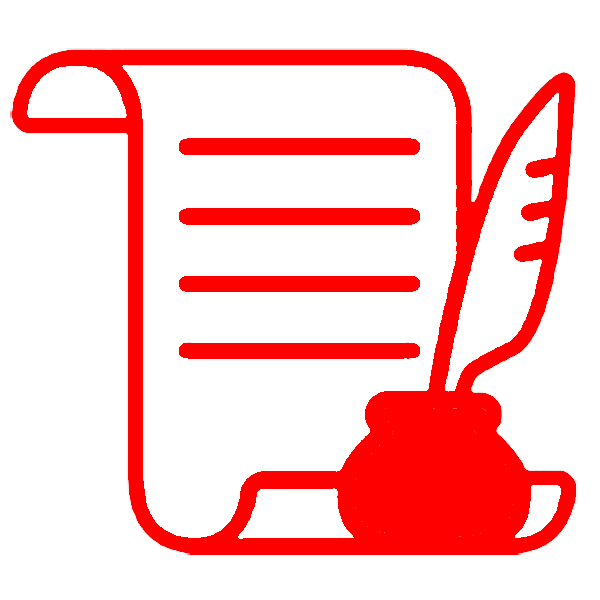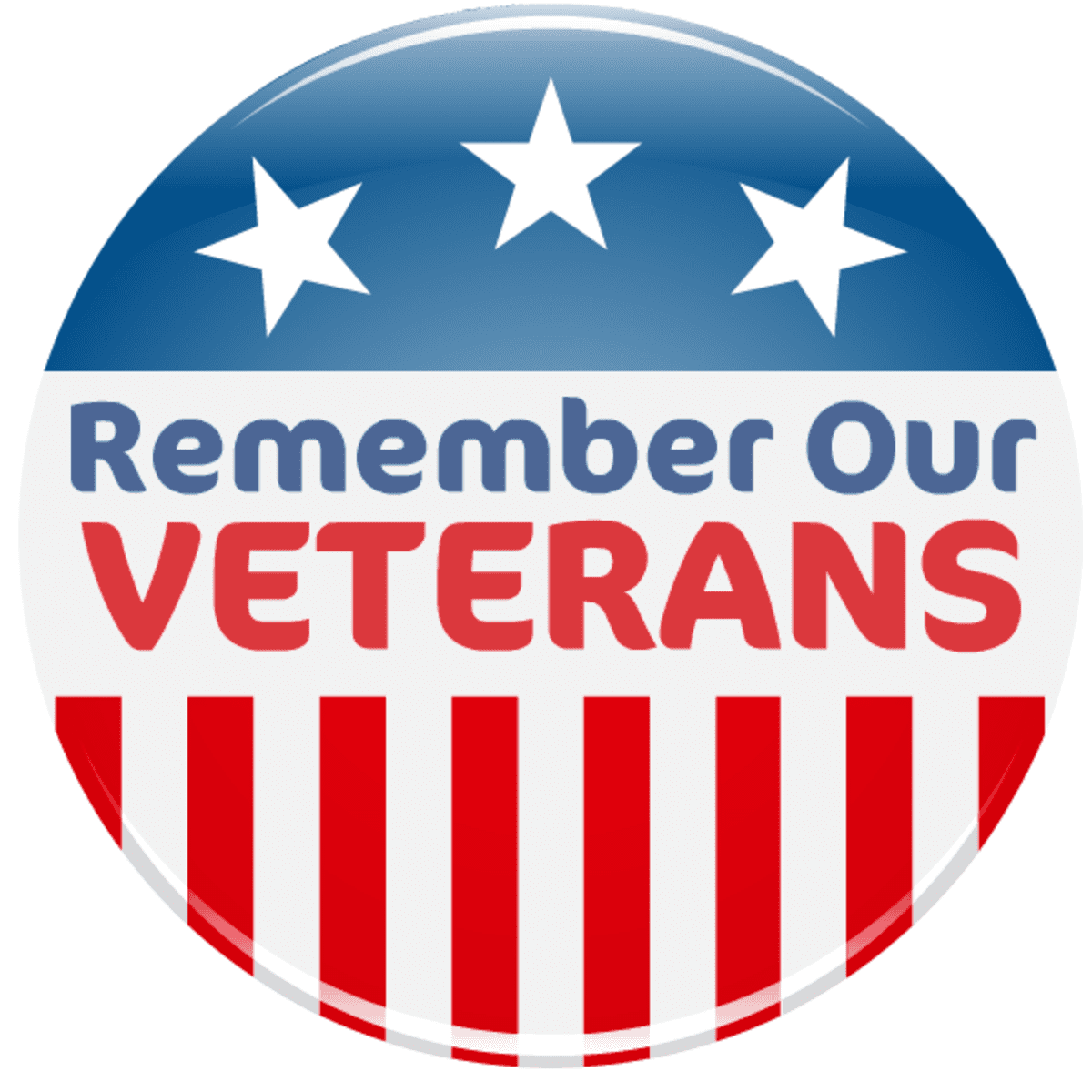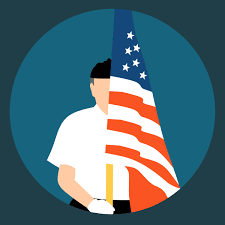Holidays (Book)
| Site: | Learnbps |
| Class: | SST Grade 3 Bismarck Studies |
| Book: | Holidays (Book) |
| Printed by: | Guest user |
| Date: | Tuesday, November 4, 2025, 8:49 PM |
Description
 SST-03.H.04 Analyze United States national holidays or days of observance and the impact on the culture of the United States.
SST-03.H.04 Analyze United States national holidays or days of observance and the impact on the culture of the United States.
ELA-03.RI.02 Determine the main idea of a text and recount the key details to explain how they support the main idea.
ELA-03.L.02 Demonstrate command of the conventions of standard English capitalization, punctuation, and spelling when writing.
US Holidays
The United States of America is a big and diverse country. It has people from many different backgrounds and beliefs. The US also has many holidays that celebrate its history, values, and traditions. Some of these holidays are federal holidays, which means most people get a day off from work or school. Other holidays are state or local holidays, which means only some people celebrate them. And some holidays are cultural or religious holidays, which means people celebrate them in different ways.
Federal Holidays
There are 11 federal holidays in the US. They are:
- New Year’s Day (January 1): This is the first day of the new year. People celebrate by making resolutions, watching fireworks, and having parties.
- Birthday of Martin Luther King, Jr. (Third Monday of January): This is the birthday of a famous civil rights leader who fought for equality and justice. People honor his legacy by doing community service, attending marches, and learning about his life.
- Washington’s Birthday (Third Monday of February): This is the birthday of the first president of the US, George Washington. He is also known as the “Father of the Country”. People remember his achievements by visiting monuments, reading books, and learning about the American Revolution.
- Memorial Day (Last Monday of May): This is the day to remember the people who died while serving in the US military. People honor them by visiting cemeteries, flying flags, and attending parades.
- Juneteenth Independence Day (June 19): This is the day to celebrate the end of slavery in the US. It marks the date when the last enslaved people in Texas learned that they were free in 1865. People celebrate by having picnics, festivals, and cultural events.
- Independence Day (July 4): This is the day to celebrate the birth of the US as a nation. It marks the date when the Declaration of Independence was signed in 1776. People celebrate by watching fireworks, having barbecues, and wearing red, white, and blue.
- Labor Day (First Monday of September): This is the day to honor the workers who contribute to the economy and society of the US. It also marks the end of summer. People celebrate by having picnics, going to the beach, and shopping for
sales.
learn more: Labor Day (Study Guide)
- Columbus Day (Second Monday of October): This is the day to commemorate the arrival of Christopher Columbus in the Americas in 1492. He is credited with opening the New World to European exploration and colonization. People celebrate
by having parades, learning about history, and honoring their heritage.
learn more: October 12th Holiday Two Perspectives (Study Guide)
- Veterans Day (November 11): This is the day to thank the people who served in the US military. It marks the date when World War I ended in 1918. People honor them by attending ceremonies, wearing poppies, and donating to veterans’ causes.
learn more: Labor Day (Study Guide)
- Thanksgiving Day (Fourth Thursday of November): This is the day to express gratitude for the blessings of life. It also celebrates the harvest and the friendship between the Pilgrims and the Native Americans in 1621. People celebrate
by having a big meal with turkey, cranberry sauce, and pumpkin pie, watching football, and spending time with family and friends.
learn more: Thanksgiving Day (Study Guide)
- Christmas Day (December 25): This is the day to celebrate the birth of Jesus Christ, the son of God in Christianity. It is also a time of joy, peace, and goodwill. People celebrate by decorating trees, exchanging gifts, singing carols, and attending church services.
Fixed or Floating Holiday
Some holidays have a specific date because they are based on a historical event or a religious calendar. For example, Independence Day is on July 4 because that is the date when the Declaration of Independence was signed in 1776. Christmas Day is on December 25 because that is the date when Christians believe Jesus Christ was born.
Other holidays have a day based somewhere in the month because they are based on a rule or a tradition. For example, Thanksgiving Day is on the fourth Thursday of November because that is the rule set by Congress in 1941. Labor Day is on the first Monday of September because that is the tradition started by the labor movement in the late 1800s.
Sometimes, the date or the day of a holiday can change depending on the year or the place. For example, Easter is a Christian holiday that celebrates the resurrection of Jesus Christ. It can fall on any Sunday between March 22 and April 25, depending
on the lunar calendar. Juneteenth is a holiday that celebrates the end of slavery in the US. It is on June 19, but some states or cities may observe it on a different day.
Other times the date is change because of the Uniform Monday Holiday Act of 1968, which moved several federal holidays from fixed dates to designated Mondays. The purpose of this act was to create more three-day weekends for workers. They are:
- Martin Luther King Jr: was established in 1983 as a floating holiday after the Uniform Monday Holiday Act
- Washington’s Birthday: third Monday in February (formerly February 22)
- Memorial Day: last Monday in May (formerly May 30)
- Columbus Day: second Monday in October (formerly October 12)
Veterans Day: fourth Monday in October (formerly November 11)
However, Veterans Day was moved back to its original date of November 11 in 1978, after many people protested and petitioned against the change- Martin Luther King Jr: was established in 1983 as a floating holiday after the Uniform Monday Holiday Act
Culture and Holidays
The US holidays reflect the culture of the US. They show the values, beliefs, and traditions of the people. They also show the diversity and unity of the country. The US holidays are a way of remembering the past, celebrating the present, and looking forward to the future. They are a way of sharing and learning from each other. They are a way of being American.
Veterans Day
 Veterans Day is a special day to honor and thank the people who have served in the United States military. The military is made up of the Army, Navy, Air Force, Marines, and Coast Guard. These people are called veterans, and they have helped protect
our country and our freedom.
Veterans Day is a special day to honor and thank the people who have served in the United States military. The military is made up of the Army, Navy, Air Force, Marines, and Coast Guard. These people are called veterans, and they have helped protect
our country and our freedom.
Veterans Day is celebrated on November 11 every year. This date is important because it marks the end of World War I, a big war that involved many countries around the world. World War I ended on November 11, 1918, at 11 a.m., which is also called the 11th hour of the 11th day of the 11th month. The next year, in 1919, President Woodrow Wilson declared November 11 as Armistice Day, a day to remember the peace and the people who fought in the war.
Later, after another big war called World War II and another war called the Korean War, Congress changed the name of Armistice Day to Veterans Day in 1954. This was to honor all the veterans who served in any war, not just World War I. Veterans Day is a federal holiday, which means that most schools and offices are closed on that day. However, some places may observe Veterans Day on a different date if November 11 falls on a weekend.
On Veterans Day, people do different things to show their respect and gratitude to veterans. Some people visit memorials or cemeteries where veterans are buried. Some people attend parades or ceremonies where veterans are honored. Some people wear red poppies, which are flowers that symbolize the sacrifice of veterans. Some people also say “thank you” to veterans they know or meet.
Veterans Day is a day to celebrate and appreciate the brave men and women who have served our country. They have given us a great gift of freedom and peace. We can show them our respect and love by learning about their stories, listening to their experiences, and thanking them for their service.
Book: Celebrate Veterans Day | Read more ...
![]() Username: bismarcknd | Password: bismarcknd
Username: bismarcknd | Password: bismarcknd
Fast Facts
Celebrating Heroes: Veterans Day
 Have you ever heard about a special day when we celebrate heroes? It's called Veterans Day, and it's a time to say "Thank you!" to some very special people in our community.
Have you ever heard about a special day when we celebrate heroes? It's called Veterans Day, and it's a time to say "Thank you!" to some very special people in our community.
What is Veterans Day?
Veterans Day is like a big, joyful "Thank You" party for the heroes in our country—our veterans! Veterans are people who have served in the military, like the Army, Navy, Air Force, Marines, or Coast Guard. They work hard to keep our country safe and protect our freedom.
When is Veterans Day?
Veterans Day is on November 11th every year. It's a special day when we remember and honor our veterans.
Why is Veterans Day important?
Imagine superheroes, but not with capes—these are real-life heroes! Veterans have done amazing things to keep us safe. They might have been in the Army and flown in airplanes, sailed on big ships in the Navy, or even protected our country on the ground. On Veterans Day, we want to show our veterans how much we appreciate them. We thank them for their bravery, their hard work, and for being true heroes!
How do we celebrate?
We celebrate Veterans Day in different ways. Some communities have parades, where veterans march proudly, and we can cheer for them. Others have special ceremonies or events to say "Thank you!" In school, you might make cards or drawings to give to veterans. You can tell them, "Thank you for being a hero!" It's a way of letting them know we appreciate everything they've done for us.
What can you do?
Even though you're in third grade, you can still be a part of Veterans Day! You can create a special thank-you card or drawing for a veteran. You might also ask your teacher if your class can do something special, like singing a patriotic song or writing a poem.
Remember, Veterans Day is a time to be grateful and show kindness to the heroes in our community. So, let's all say a big "Thank you!" to our veterans for being the superheroes of our country!
Our Forces
The U.S. Dept of Defense forces are the people who protect our country. They work in different branches, or groups, that have different jobs and skills. There are seven branches of the U.S. Dept of Defense forces. They are:
- The Army: The Army is the largest and oldest branch of the U.S. military. The Army fights on land and uses weapons like guns, tanks, and helicopters. The Army also helps people in disasters and emergencies
- The Marine Corps: The Marine Corps is a part of the Navy, but it has its own special missions and traditions. The Marine Corps fights on land, sea, and air. The Marines are known for being tough and ready for any challenge. They use weapons like rifles, rockets, and jets.
- The Navy: The Navy is the branch of the U.S. military that controls the seas and oceans. The Navy uses ships, submarines, and planes to fight enemies and protect our interests around the world. The Navy also helps with humanitarian aid and scientific research.
- The Air Force: The Air Force is the branch of the U.S. military that controls the sky and space. The Air Force uses planes, satellites, and rockets to fly, fight, and spy. The Air Force also supports other branches with air power and technology.
- The Space Force: The Space Force is the newest branch of the U.S. military. It was created in 2019 to protect our interests and assets in space. The Space Force works with the Air Force and other agencies to operate and defend satellites, launch rockets, and explore the cosmos.
- The Coast Guard: The Coast Guard is a part of the Department of Homeland Security, but it can also work with the Department of Defense when needed. The Coast Guard protects our coasts and waterways from threats and dangers. The Coast Guard also saves lives, enforces laws, and helps the environment.
- The National Guard: The National Guard is a reserve force that can be called to serve by the state or federal government. The National Guard has two parts: the Army National Guard and the Air National Guard. The National Guard helps with disasters, emergencies, and wars.
These are the seven branches of the U.S. Dept of Defense forces. They all work together to keep our country safe and strong.
Thanksgiving Day
Thanksgiving is a special day. People eat food together. They talk about how they are thankful. They play games. They watch parades. They help others.
The first Thanksgiving was in 1621. It was a big feast. The Pilgrims and the Native Americans shared food together. The Pilgrims came from England. They wanted a new home to live. The Native Americans taught them how to grow food.
In 1863, President Abraham Lincoln made Thanksgiving a special day for everyone in America. He said the last Thursday of November would be a day to give thanks. This was during a difficult time for America, called the Civil War. President Lincoln wanted people to remember all the good things in their lives, even during a hard time.
On Thanksgiving, many people don't have to work. They get to spend time with their family and friends. Others watch parades or play games. Some people help others in need. Some people travel to visit far-away family and friends.
Thanksgiving is a time to be grateful. It is a time to say thank you.